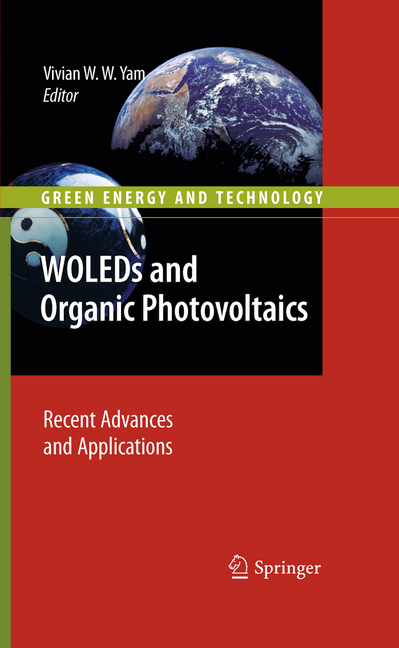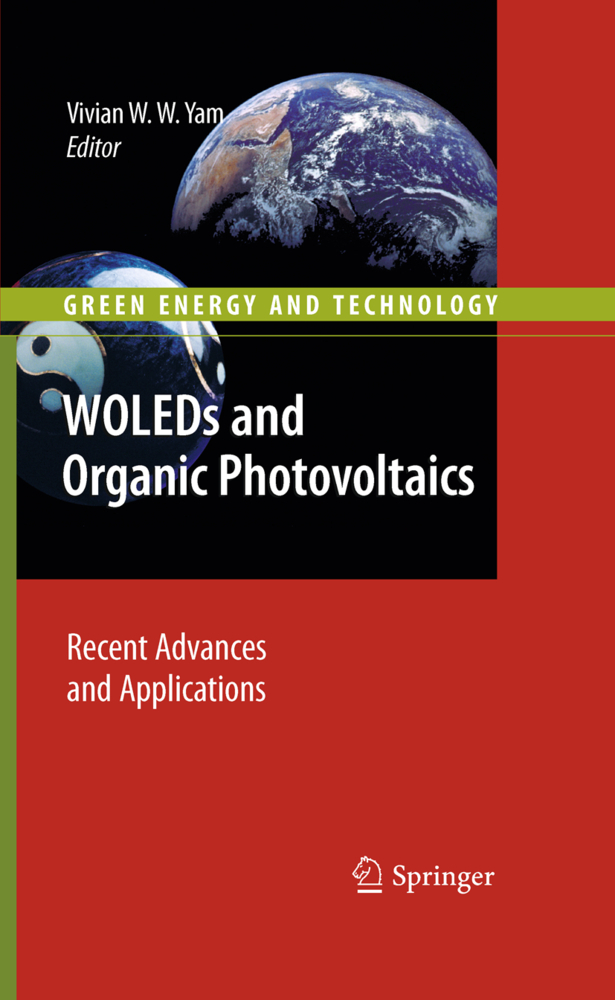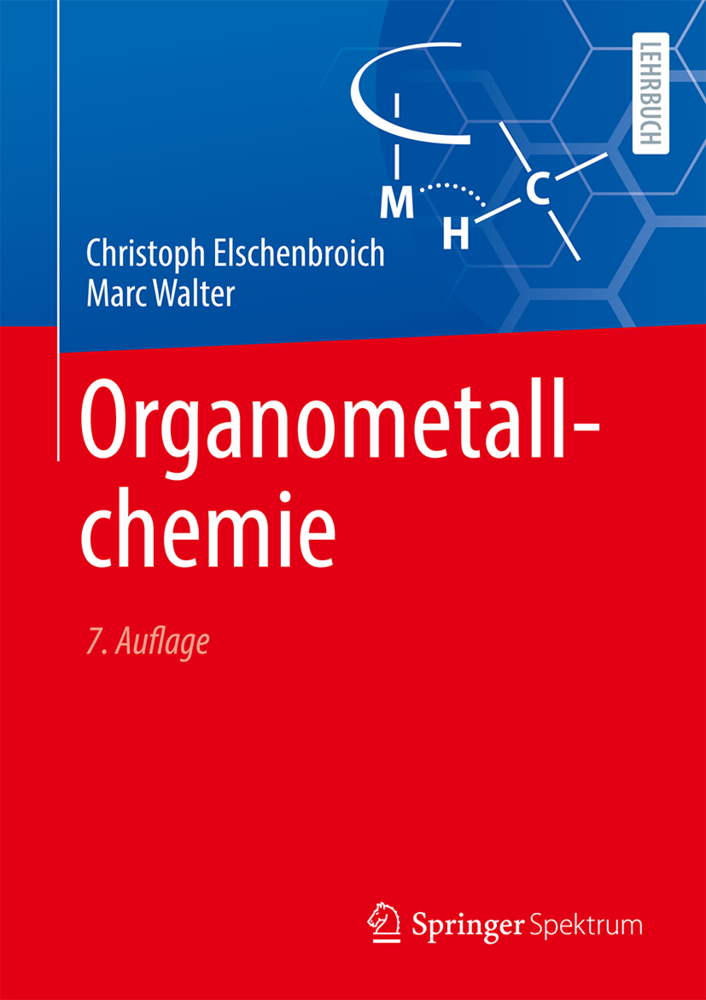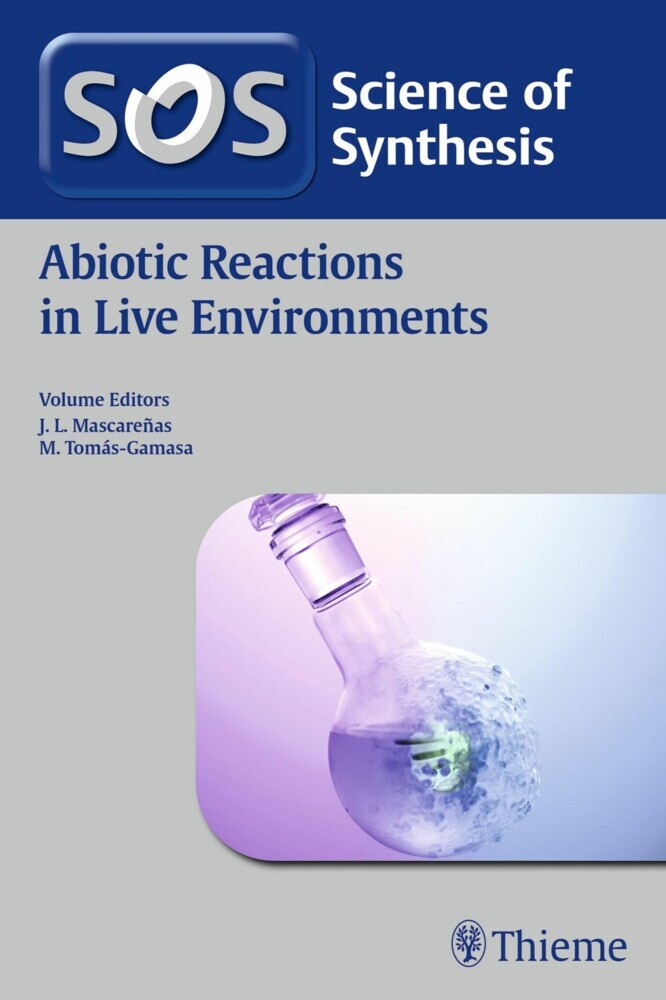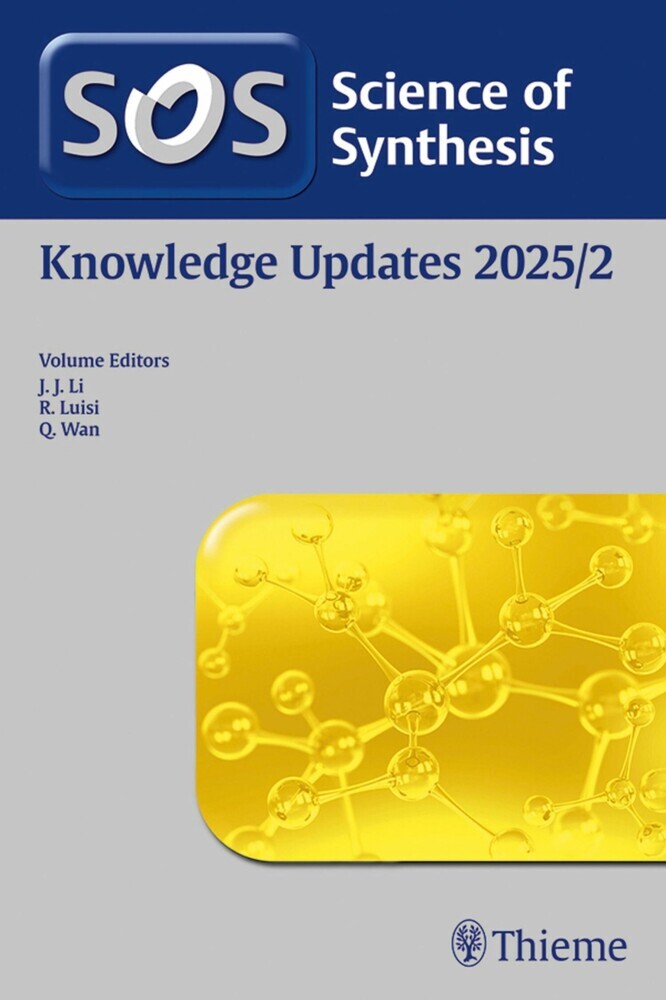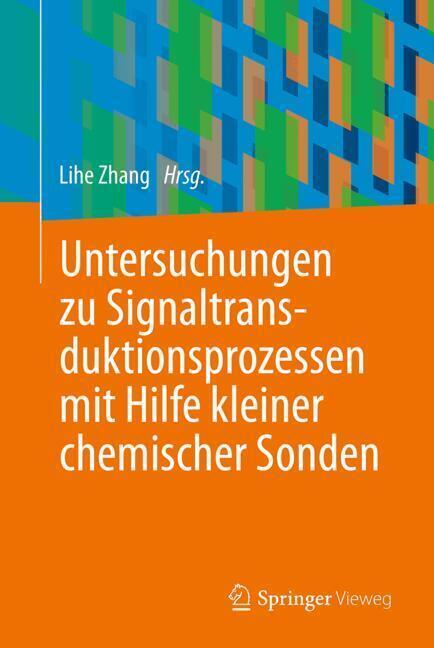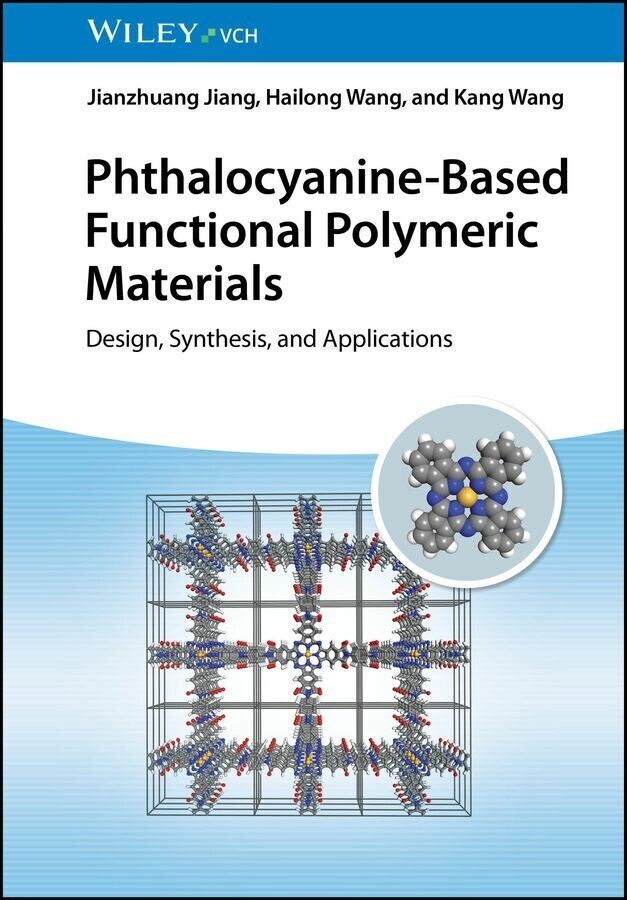WOLEDs and Organic Photovoltaics
Recent Advances and Applications
The search for renewable energy sources and the efficient utilization of energy have been the most important research areas in modern science and technology. The design and development of materials that can contribute to light-harvesting, solar energy conversion and photovoltaics are important areas of research. Also of great importance is the exploration of WOLEDs for solid state lighting that could lead to a more efficient utilization of energy. This monograph consists of a collection of contributions from prominent leading scientists in the area, initiated by the organization of the SRT Workshop on WOLEDs and Organic Photovoltaics at The University of Hong Kong in January 2009. This represents a unique and irresistibly attractive account and reference for researchers in the field of WOLEDs and organic photovoltaics both from academia and industry.
1;Preface;5 2;Contents;7 3;Overview and Highlights of WOLEDs and Organic Solar Cells: From Research to Applications;9 3.1;1 Introduction;10 3.2;2 White Organic Light-Emitting Devices;11 3.2.1;2.1 Advantages of WOLEDs;11 3.2.2;2.2 Efficiency Characterization of WOLEDs;12 3.2.3;2.3 WOLED Architectures;14 3.2.3.1;2.3.1 WOLEDs with Single Emitting Layer;15 3.2.3.2;2.3.2 Phosphorescent WOLEDs;18 3.2.3.3;2.3.3 Hybrid WOLEDs;19 3.2.4;2.4 Challenges of WOLEDs;20 3.2.5;2.5 Lighting for the Future;21 3.3;3 Organic Solar Cells;22 3.3.1;3.1 Basic Working Principle of Organic Photovoltaic Devices;25 3.3.2;3.2 Device Characteristics of an OPV Device;27 3.3.2.1;3.2.1 Short-Circuit Current;28 3.3.2.2;3.2.2 Open-Circuit Voltage;28 3.3.2.3;3.2.3 Fill Factor;28 3.3.2.4;3.2.4 Power Conversion Efficiency;28 3.3.2.5;3.2.5 Incident Photon to Current Efficiency;30 3.3.3;3.3 OPV Device Architecture;30 3.3.3.1;3.3.1 Exciton Blocking Layer;31 3.3.3.2;3.3.2 Optical Spacer;33 3.3.3.3;3.3.3 Bulk Heterojunction;34 3.3.3.4;3.3.4 Low Bandgap Photoactive Materials;36 3.3.3.5;3.3.5 Tandem Structures;37 3.3.4;3.4 Challenges of OPV Devices;38 3.4;4 Conclusions;39 3.5;References;39 4;White-Emitting Polymers and Devices;44 4.1;1 Introduction;45 4.2;2 Characterization of White Polymer Light-Emitting Devices;45 4.2.1;2.1 Color Quality of White Polymer Light-Emitting Devices;45 4.2.2;2.2 Characterization for WPLED Efficiency;47 4.3;3 White Light-Emitting Polymers;51 4.3.1;3.1 WLEPs Containing Blue and Yellow-Orange Chromophores;52 4.3.1.1;3.1.1 Complementary Colors Based WLEPs Utilizing Singlet Exciton;52 4.3.1.2;3.1.2 Complementary Colors Based WLEPs Utilizing both Singlet and Triplet Excitons;55 4.3.2;3.2 WLEPs Containing Blue-, Green-, and Red-Emitting Chromophores;57 4.3.2.1;3.2.1 RGB Primary Colors Based WLEPs Utilizing Singlet Excitons;58 4.3.2.2;3.2.2 RGB Primary Colors Based WLEPs Utilizing both Singlet and Triplet Excitons;60 4.4;4 White Polymer Light-Emitting Devices;64 4.4.1;4.1 WPLEDs Using Dye-Dispersed Polymer Blend;64 4.4.1.1;4.1.1 WPLEDs Using Fluorescent Dye-Dispersed Polymer Blend;64 4.4.1.2;4.1.2 WPLEDs Using Phosphorescent Dye-Dispersed Polymer Blend;68 4.4.2;4.2 WPLEDs from All-Polymer Blends;71 4.4.2.1;4.2.1 WPLEDs from Fluorescent Polymer Blends;71 4.4.2.2;4.2.2 WPLEDs from Phosphorescent Polymer Blends;73 4.4.3;4.3 WPLEDs from Excimer/Exciplex;75 4.4.4;4.4 WPLEDs from Multiple Emissive Layers;77 4.4.5;4.5 WPLEDs with Functional Charge-Injection/Transport Layers;78 4.5;5 Conclusions;83 4.6;References;83 5;Phosphorescent Platinum(II) Complexes for White Organic Light-Emitting Diode Applications;86 5.1;1 Introduction;87 5.2;2 Working Principle for WOLEDs;88 5.2.1;2.1 Mixing Red-Green-Blue;88 5.2.2;2.2 Mixing Complementary Colors;89 5.2.3;2.3 Emitting Materials with Complementary Colors;90 5.3;3 Phosphorescent Platinum(II)-Based Materials;90 5.3.1;3.1 Bidentate Platinum(II) Complexes;92 5.3.1.1;3.1.1 Cyclometalated Platinum(II) beta-diketonato [(C^N)Pt(O^O)] Complexes;92 5.3.1.2;3.1.2 Platinum(II) Di(pyridyl)triazolate [Pt(N^N)2] Complexes;95 5.3.1.3;3.1.3 Platinum(II) Bis(8-hydroxyquinolato) [PtQ2] Complexes;95 5.3.2;3.2 Tridentate Platinum(II) Complexes;97 5.3.2.1;3.2.1 Platinum(II) Di(2-pyridiyl)benzene [Pt(N^C^N)X] Complexes;97 5.3.2.2;3.2.2 Platinum(II) 3-(6-(2-naphthyl)-2-pyridyl)isoquinolinyl [(RC^N^N)PtCl] Complexes;101 5.3.3;3.3 Tetradentate Platinum(II) Complexes;102 5.3.3.1;3.3.1 Platinum(II) Bis(phenoxy)diimine and Schiff Base Complexes [Pt(N2O2)];102 5.3.4;3.4 Binuclear Platinum(II) Complexes;104 5.3.5;3.5 Polymeric Materials;107 5.4;4 Summary;110 5.5;References;110 6;Solid-State Light-Emitting Electrochemical Cells Based on Cationic Transition Metal Complexes for White Light Generation;112 6.1;1 Introduction;113 6.1.1;1.1 Features of Light-Emitting Electrochemical Cells;113 6.1.2;1.2 Organization of This Chapter;113 6.2;2 Review of Light-Emitting Electrochemical Cells Based on Cationic Transition Metal Complexes;114 6.2.1;2.1 Increasi
Yam, Vivian Wing-Wah
| ISBN | 9783642149351 |
|---|---|
| Artikelnummer | 9783642149351 |
| Medientyp | E-Book - PDF |
| Copyrightjahr | 2010 |
| Verlag | Springer-Verlag |
| Umfang | 240 Seiten |
| Sprache | Englisch |
| Kopierschutz | Digitales Wasserzeichen |

